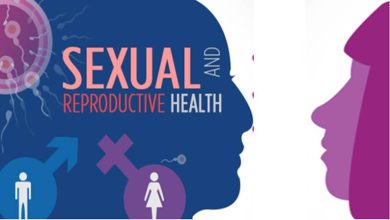Sexually Transmitted Infections (STIs) and Reproductive Tract Infections (RTIs)
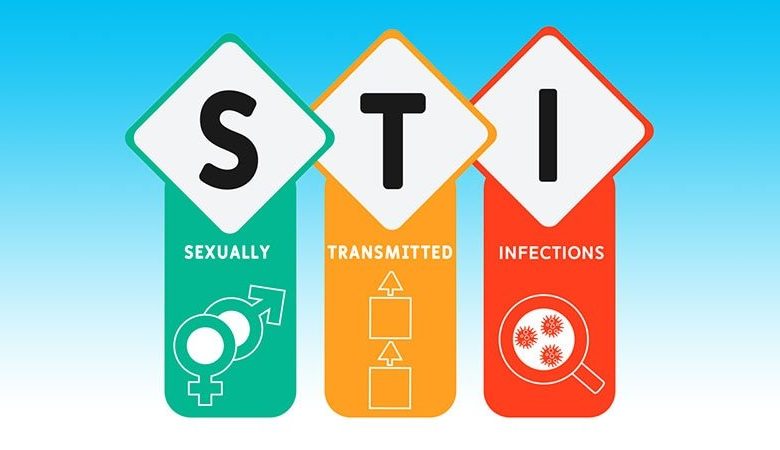
Introduction:
Sexually transmitted infections (STIs) are defined as infections that are primarily sexually transmitted from person to person. However, some of these diseases, especially HIV, syphilis and hepatitis B, can be transmitted from mother to child during pregnancy and childbirth, through blood products or through physical transfers. There are over 30 different types of bacteria, viruses and parasites1. STIs should be separated from sexually transmitted infections (STIs). STIs are defined as infections of the genital tract and include terminal infections such as bacterial vaginosis and candidal vulvovaginitis. Both of these diseases are mostly not sexually transmitted and can affect women who have never had sex.
RTIs also include external infections, such as septic abortions due to unsafe procedures and postnatal infections. Then the terms STI and RTI overlapped. The concept of STI refers to the mode of transmission while the concept of ITR refers to the site of infection.
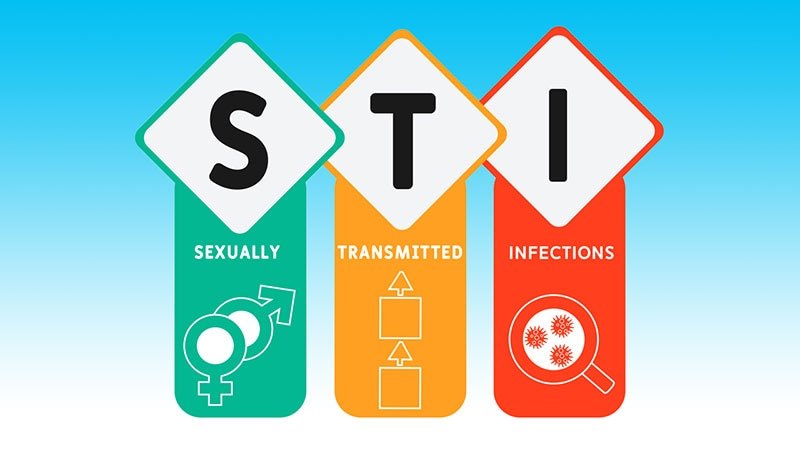
Common complications of sexually transmitted contaminations
STIs not only increase the risk of HIV infection, but there are many serious complications. In particular, untreated lamidia a infections are the cause of one-third of female infertility.
In addition, women with PID are 6 to 10 times more likely to have a uterine (tubal) pregnancy than women without pregnancy. Pregnancy and neonatal infection can occur, in the incidence of postpartum infection is up to 40%.
Up to 35% of pregnancies in women with untreated gonococcal infection Avoid unplanned abortions and premature births, up to 10% of stillbirths . Up to 50% of children born to mothers with untreated gonorrhea and 30% of children born to mothers with untreated lamidia may develop serious eye infections or conjunctivitis or (neonatal ophthalmia).
Management And Treatment Of Sexually Disturbed Symptoms
A syndromic approach to sexually transmitted infections and patient management
Although many pathogens can cause STIs, ITRs, many pathogens have similar or overlapping clinical manifestations, i.e symptoms (individuals, health services) and Symptoms (what the patient feels, such as pain or tenderness). Signs and symptoms can help your doctor diagnose the disease.
For example, in trichomoniasis, there is a lot of purulent, foul-smelling discharge. However, vaginal discharge can also occur in non-STDs, such as bacterial vaginosis and vulvovaginal candidiasis. Often more than one etiological factor microorganism is involved in the disease. Gonorrhea and trichomoniasis cause changes in secretions. Therefore, the signs and symptoms are not very accurate to determine the etiological disease.
The traditional (and gold standard) method of diagnosing a specific STI/TRI is through laboratory testing. However, STD testing is often not available in primary health care settings and is often not available in the community hospital in very limited settings. Some laboratory tests to diagnose STIs are expensive or require advanced techniques.
Therefore, WHO has recommended a syndromic approach to the diagnosis and management of communicable diseases in low- and middle-income countries since the 1990s, and it has been the approach of choice in most areas since then.
This approach is based on easy-to-understand groups of symptoms and signs that are linked to certain well-defined causes. There is considerable evidence that immunotherapy is effective in treating STIs and has an impact on the epidemic. A significant decrease in STI rates was observed after the introduction of control measures based on the syndromic approach.
Common signs and symptoms (syndrome) include:
• Ejaculation in men
• Ulcers
• Inguinal lumps
• Swelling of the skin
• Discharge in women
• Lower abdominal pain in women
• Conjunctivitis newborns
The syndromic approach is a scientific etic method. Antibacterial therapy is prescribed to treat the main pathogens that cause disease in a given geographic area. Therefore, guidelines vary from country to country depending on the epidemiological pattern of STIs and their resistance to antibiotic treatment. This is why there is no single processing method for all options.
Common types of Sexually Transmitted Infections (STI)
- Chlamydia
- Gonorrhea
- Trichomoniasis
- Genital warts
- Genital herpes
- Inguinal lice
- Scabies
- Syphilis
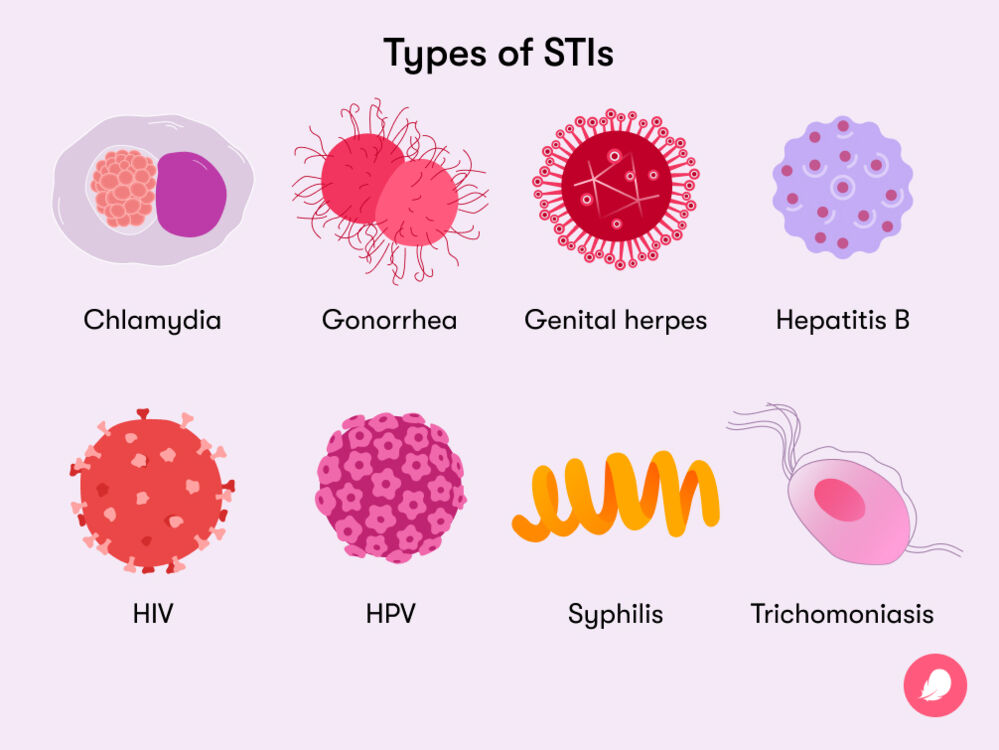
Reproductive Tract Infections
Regenerative tract contaminations are being progressively recognized as a serious global wellbeing issue with affect on person ladies and men, their families and communities. They can have serious results, counting barrenness, ectopic pregnancy, inveterate pelvic torment, unsuccessful labor, and increased risk of HIV transmission.
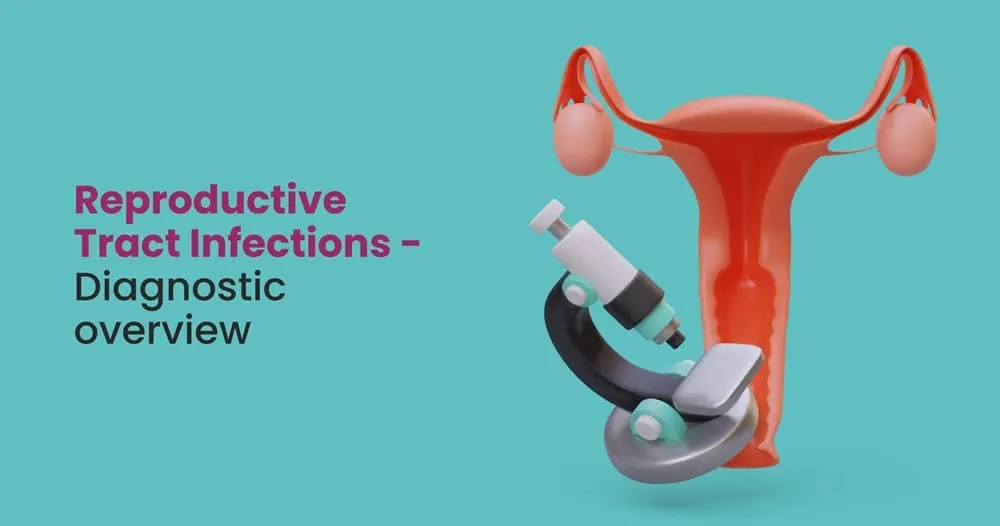
Types of Infection
Regenerative tract contaminations (RTIs) allude to three diverse sorts of disease which influence the regenerative tract:
Endogenous diseases are likely the foremost common RTIs around the world. They result from an excess of organisms regularly show within the vagina. Endogenous infections include bacterial vaginosis and candidiasis. These diseases can be effortlessly treated and cured.
Iatrogenic diseases happen when the cause of disease (a bacterium or other micro-organism) is introduced into the regenerative tract through a therapeutic strategy such as menstrual regulation, induced fetus removal, the insertion of an IUD or amid childbirth. This will happen on the off chance that surgical disobedient utilized amid the procedure have not been legitimately sterilized, or in the event that an contamination that was already show within the lower regenerative tract is pushed through the cervix into the upper regenerative tract.
Sexually transmitted contaminations (STIs) are caused by infections, microbes, or parasitic microorganisms that are transmitted through sexual movement with an tainted accomplice. Almost 30 distinctive sexually transmitted diseases have been distinguished, a few of which are effortlessly treatable, many of which are not. HIV, the infection that causes Helps, is maybe the foremost serious sexually transmitted disease because it in the long run leads to passing. STIs influence both men and ladies, and can too be transmitted from moms to children amid pregnancy and childbirth.
Prevention
The finest technique to constrain the hurtful impacts of RTIs is to avoid unused infections. Each RTI ought to be avoided by strategies related to its transmission routes.
Endogenous contaminations are less demanding to analyze and treat than to prevent (in spite of the fact that maintaining a strategic distance from vaginal douching is recommended because it has been appeared to extend the event of bacterial vaginosis). Their results can be decreased through great get to to satisfactory wellbeing care offices and prompt wellbeing care looking for behavior.
Iatrogenic contaminations can be avoided by legitimate sterilization of therapeutic rebellious, adhere cento sterile conventions amid examinations, and screening or treatment for pre-existing infections before transcortical therapeutic methods are conducted.
Sexually transmitted diseases can be avoided by the shirking of sexual action or then adoption of “safer sex” methodologies, counting common monogamy, non-penetrative sex, and then correct and consistent use of obstruction prophylactic strategies, especially latex male condoms. The polyurethane vaginal sheath (female condom) is additionally considered to offer security from STIs.
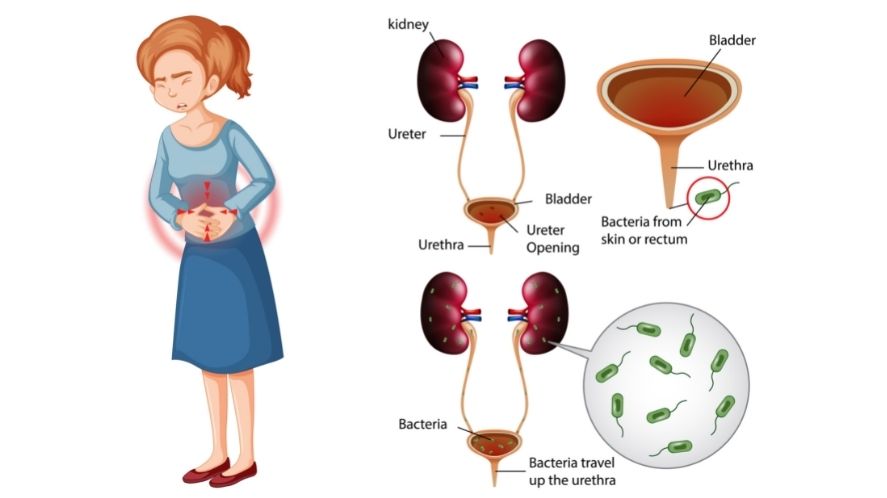
Conclusion:
STIs force a impressive wellbeing and financial burden all inclusive. Essential anticipation and control of STIs in LMICs can be an effective utilize of assets, in spite of the fact that the affect and cost-effectiveness of mediations can shift considerably over settings. Moreover, gauges of the cost-effectiveness of STI control in LMICs can be subject to impressive instability and might not be generalizable over settings. The discoveries of this writing audit ought to be considered in light of the confinements inborn in cost-effectiveness considers of STI control in LMICs, such as deficient fetched information and uncertain gauges of program affect.
What are reproductive tract infections RTIs )?
Reproductive tract infections (RTIs) is a global health problem including both sexually transmitted infections (STIs) and non-sexually transmitted infections (non-STIs) of the reproductive tract. RTI/STI is an important concern, as it possess risk for human immunodeficiency virus transmission.
What is RTIs and STIs?
Sexually transmitted infections and reproductive tract infections (STIs/RTIs) are an important public health problem in India.

